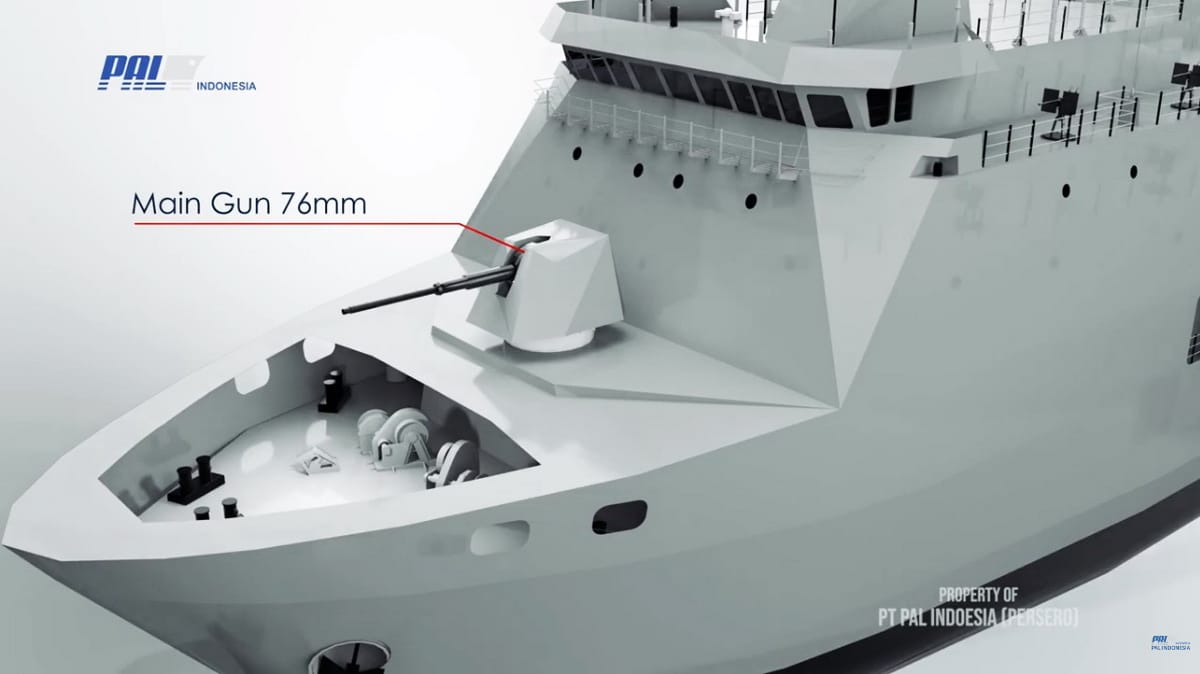Novascotiaboy
Active Member
At the request of another forum member I would like to open this thread on Amphibious and Support vessels for discussion.
The ability of a nation to deploy expeditionary forces is dependant upon its air and naval transport capability.
This thread is primarily to discuss naval amphibious and transport vessels and operations.
From new build vessels and conversions there is a lot of interesting designs and trends taking place by both large and small nations.
Multi purpose vessels allow nations the opportunity to use these vessels in both military and non military disciplines. Some nations such as Canada could make great use of such vessels for both home use as well as a tool for international relations.
Our recent conversion of a commercial container ship to an improvised AOR has created a very effective vessel that has just proven herself across a number of exercises throughout the Pacific. A similar conversion of a sister ship, the Oblix, appears to be stalled by politics, go figure. This second vessel could allow Canada to offer its assistance to nations affected by natural disasters along with support to our own areas affected by wild weather and our remote northern communities.
Such conversions could provide smaller nations with resources at a fraction of the cost of new build vessels especially given the over supply of vessls from the Oil and Gas industry.
Hopefully we can generate an interesting discussion.
Can you provide a link to said article.Just read an article in the Halifax Chronicle Herald from the author of the blog Halifax Shipping News that Davie has offered the Government of Canada a price of $500 million to convert and supply the MV Obelix as a second supply ship of the Asterix class.
Why oh why would you suggest such a nightmare scenario for a Canadian defence acquisition???? Anywhere else, maybe even India, it would be a practical feasibility study option that may pass into design and build. But Canada??? If it did ever get to design and build they'd still be stuffing it around when my soon to be 5 year old grandson starts collecting his old age pension.If the design of the Obelix can be modified to include a RORO door to allow vehicles to access the vehicle deck that would improve on an otherwise radical ship that has yet to show all its merits.
Davie still has one or two partial hulls that could be acquired as multi purpose vessels for naval operations. One vessel was completed, Cecon Pride, and at 10000 tons and 130 metres these are big ships with a large capacity. Following the UK lead these hulls could become the next RFA Argus type vessel on a smaller scale.
For the RCN these vessels could act as sea bases supporting SF in support of coalition operations against piracy in places like the Gulf of Guniea and off the coasts of Yemen and Somalia ..these operations do not require 200 sailors and Halifax class patrol frigate .The ability to support a number of CB90, vertical RPAS and helicopter operations would free up other resources.
These vessels could also act transports for heavy equipment for military or HADR operations. As a mothership with bulk fuel to support counter narcotic operations in the Caribbean along with allied patrol vessels.
It is sad and funny at the same time when I read about the trial of Vice Admiral Mark Norman. His alleged leaking of information to Davie seems to have been partly responsible for the relatively quick purchase of the MV Asterix. The glacial decision-making process seems to be so institutionalised now that it seems to be considered treason if you dare to do anything that is actually likely to achieve a result.Here is the info from the National Post.
https://nationalpost.com/news/quebe...uced-cost-to-entice-liberal-government-to-buy
Excuse me.This thread is primarily to discuss naval amphibious and transport vessels and operations.

 www.airspace-review.com
www.airspace-review.com
I have scrutinized all official statement on Indonesia and UAE what being call IUAE-CEPA (Indonesian UAE Comprehensive Economic Partnership Agreement). There's no mentioned any order for 6 LPD.short PT PAL has signed a contract witg the UAE Navy for the delivery of 6 LPDs.

